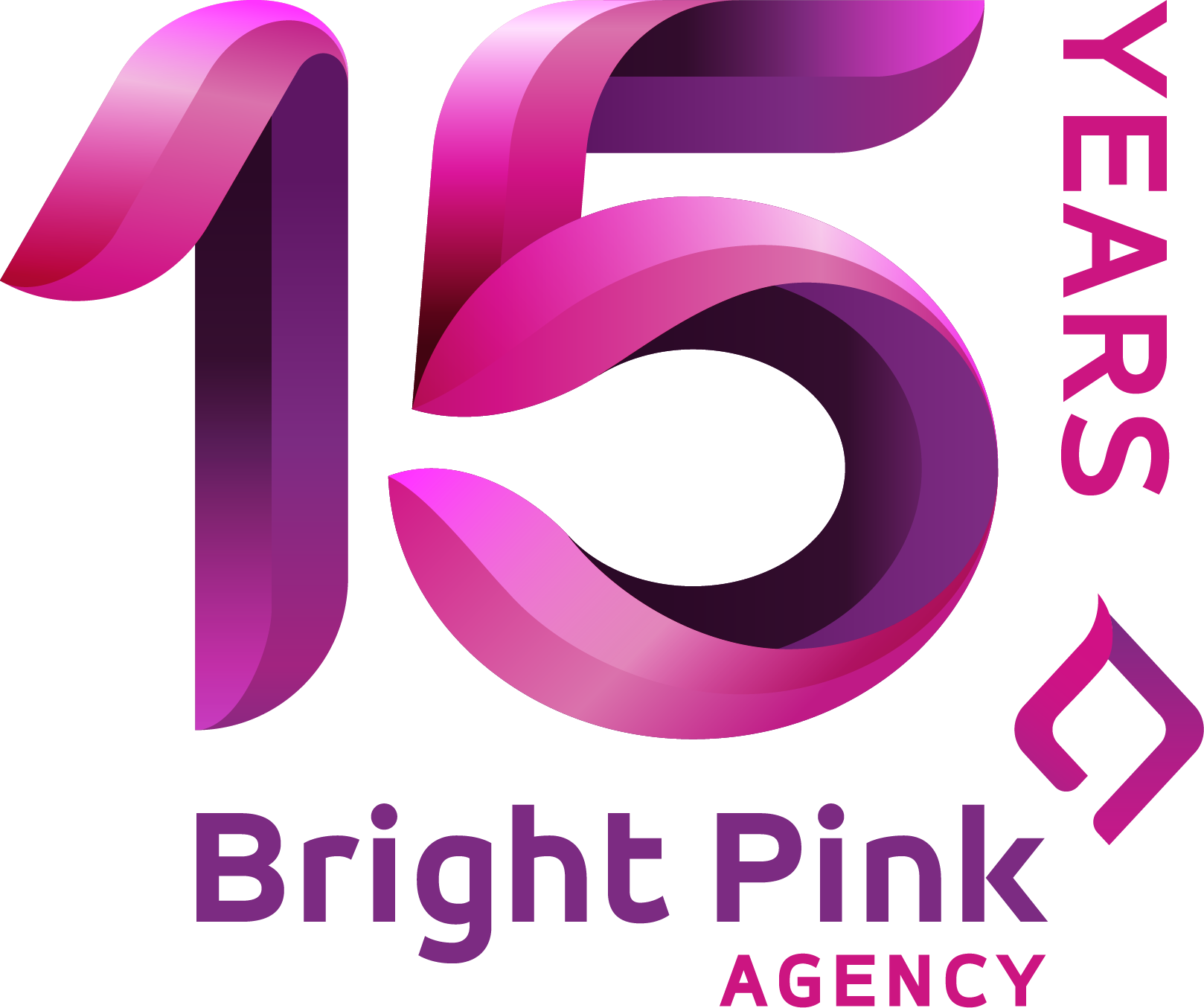How to Create a Brand Identity Guide

Brand identity is how you want your brand to look, feel, and speak to your customers. A brand identity consists of both internal (voice, mission, values, etc.) and external (like colors and fonts) aspects of your brand. You must combine both these branding aspects to achieve a visual brand identity that attracts customers. This is where a brand identity guide comes in.
Creating an external or brand identity guide is no simple task. First, do some research into your brand’s internal aspects – target audience, brand personality, mission, goals, and benefits. Once you have these aspects laid out, you can focus on the looks of your brand.
In this article, you will learn why you should have a brand identity guide and steps to create one.
Why You Should Have a Brand Identity Guide
A brand identity guide, also known as a brand style guide or brand guidelines, is a crucial tool for any organization or business. Here are several compelling reasons why you should have a brand identity guide:
- Consistency: A brand identity guide ensures that your brand’s visual and messaging elements are consistently applied across all marketing materials, both online and offline. This consistency builds trust and recognition among your audience.
- Professionalism: It conveys a sense of professionalism and attention to detail. When your brand looks and sounds consistent, it gives the impression that you take your business seriously.
- Clarity: It provides clear guidelines for how to present your brand. This clarity helps employees, designers, and partners understand the correct usage of your brand elements, such as logos, colors, fonts, and tone of voice.
- Brand Recognition: Consistency in branding helps in brand recognition. Over time, customers become familiar with your brand’s unique look and feel, making it easier to remember and choose your products or services.
- Efficiency: It streamlines the design and marketing process. Designers and marketing teams can work more efficiently when they have a set of guidelines to follow, reducing the time and effort required to create new materials.
- Coherent Brand Story: A brand identity guide helps to tell a coherent brand story. It ensures that all visual and messaging elements align with your brand’s values, mission, and personality.
- Flexibility: While it promotes consistency, a brand identity guide also allows for flexibility within the established parameters. This means that you can adapt your brand to different contexts and campaigns while maintaining a strong core identity.
- Brand Protection: It protects your brand from misuse. By clearly defining how your brand should be used, you reduce the risk of unauthorized or inconsistent branding that could harm your reputation.
- Alignment: It aligns internal and external stakeholders. Whether you’re working with in-house teams or external partners, a brand identity guide ensures everyone is on the same page regarding your brand’s representation.
- Long-Term Brand Growth: As your brand evolves and expands, having a brand identity guide in place ensures that changes are made thoughtfully and consistently, preserving the brand’s integrity.
How to Create a Brand Identity Guide
Creating a brand identity guide is a crucial step in establishing and maintaining a consistent brand image. Here’s a step-by-step guide on how to create one:
Define Your Audience
Every brand has an ideal audience. For example, your brand could appeal more to people aged 15-25. Naturally, you’d want to base your visuals, tone, and attitude on the preferences of younger people. Find your ideal customers by asking yourself these questions:
- What is their age, gender, income, and education level?
- What type of interests and lifestyle do they have?
- Do they have specific concerns?
- What services/products are they looking for?
- What other brands do they like?
If you want to refine your audience targeting, you can get a good idea of who your audience is by looking at social media analytics.
Logo Usage Guidelines
Your logo should be simple and distinct and should properly represent your brand’s mission and personality. A great logo can also help you picture the visual style of your brand.
Choose no more than three main colors for your logo, and make sure it looks good in black and white, too. Check out why a great logo is important for your business.
Color Palette
It’s easier to choose the color palette for your brand once you’ve decided on a logo. If your logo is mostly purple, base your brand’s imagery and visuals on the same color.
An interesting note here is color psychology. Colors influence our emotions and decisions. Purple, for example, can inspire creativity and luxury. The same color palette should be used on your website, email signature, prints and stationery, banners, etc.
Typography
Fonts speak to your audience on a deeper level than words, so the fonts you choose can influence a client’s opinion of you. It’s up to you if you choose serif or non-serif fonts. However, make sure to choose no more than 3 typefaces, with at least two being of the same family and optionally one contrasting (an accent font – fun, creative, or quirky). Just stay away from Comic Sans!
Moreover, your target audience may influence the fonts you choose (“old” typefaces like Jenson and Palatino or “human” typefaces like Myriad and Verdana). Also, keep in mind that some typography trends come and go – make sure to pick one that will last for years.
Imagery Styles
You don’t necessarily need to have photos on all the pages of your website or all print materials. But if you want to, decide on a particular image style to suit your brand voice, logo, and color palette. Is it better to use drawings, vector images, realistic photos, or another type of image?
Icons should also be consistent with your visual brand identity. Furthermore, if you have regular content to post in photos, do you have a template for those photos? The same applies to videos.
Tone of Voice
Describe the tone and style of communication that should be used in your brand’s messaging. Include examples of brand-appropriate language and messaging guidelines.
Print and Digital Guidelines
Specify how your brand elements should be applied to print materials (e.g., business cards, brochures) and digital platforms (e.g., websites, social media).
Include specifications for different formats, such as letterhead, email signatures, and social media profile images.
Usage Examples
Include real-world examples that demonstrate how to use your brand identity elements correctly. Show how your brand should be applied to various materials and contexts.
Brand Identity Guide: Conclusion
As long as you choose a visual brand identity that suits your business, you’ll have no problem applying that style to your marketing materials. Just be sure that your visual brand identity is expressed uniformly by putting a brand identity guide into place.
Need more inspiration for your branding efforts? Check out how to rebrand your social media profiles and how to express your brand on social media.
If you’re looking for a brand identity agency, look no further than Bright Pink Agency! We have over 15 years of experience delivering excellent branding and marketing services to customers all over the country. We work with several big franchise chains and are eager to meet you, too! Call us today at (954) 944-9050.







